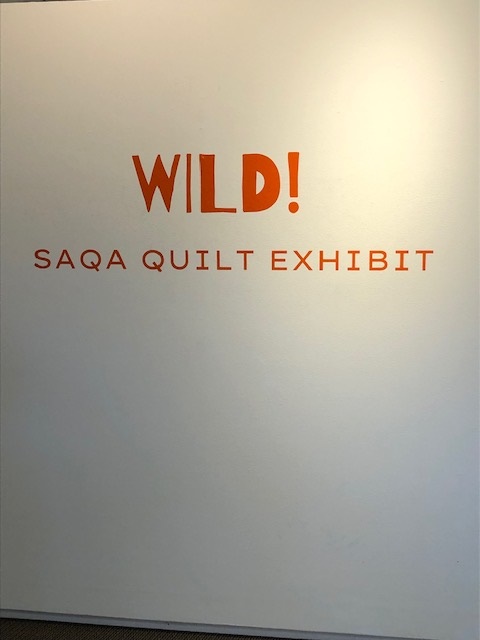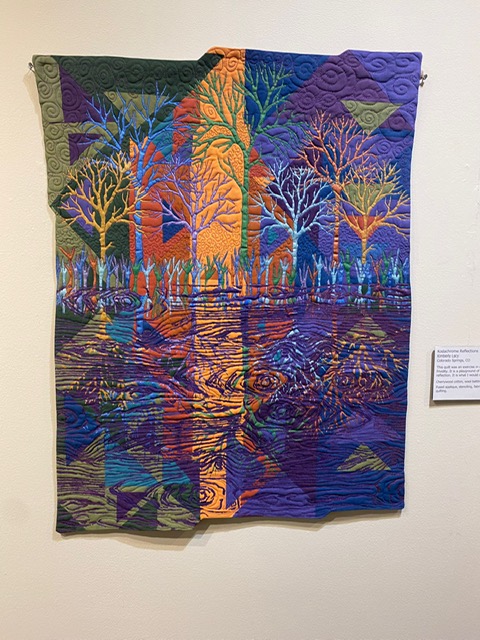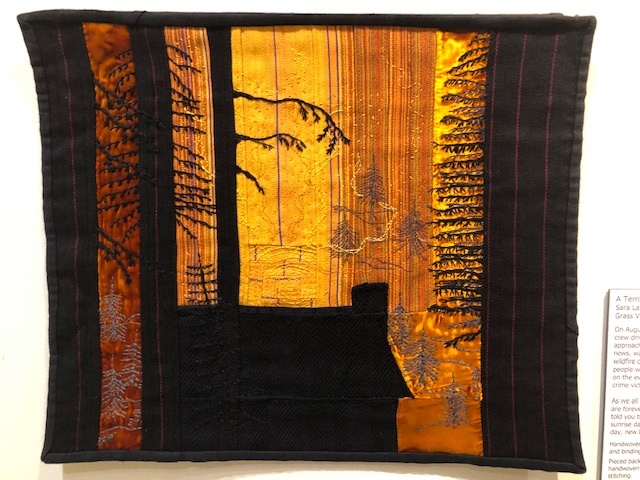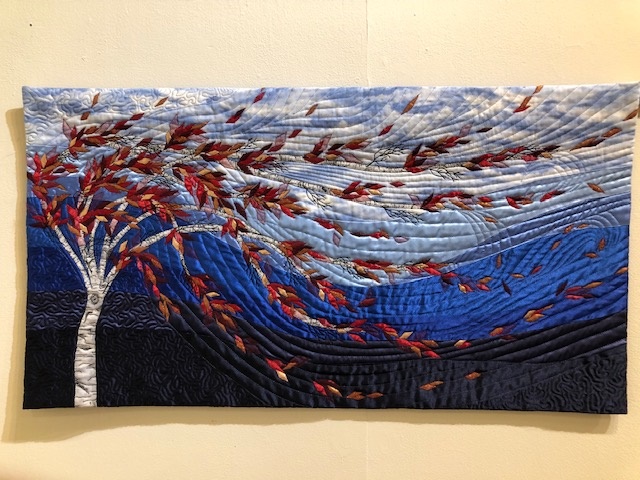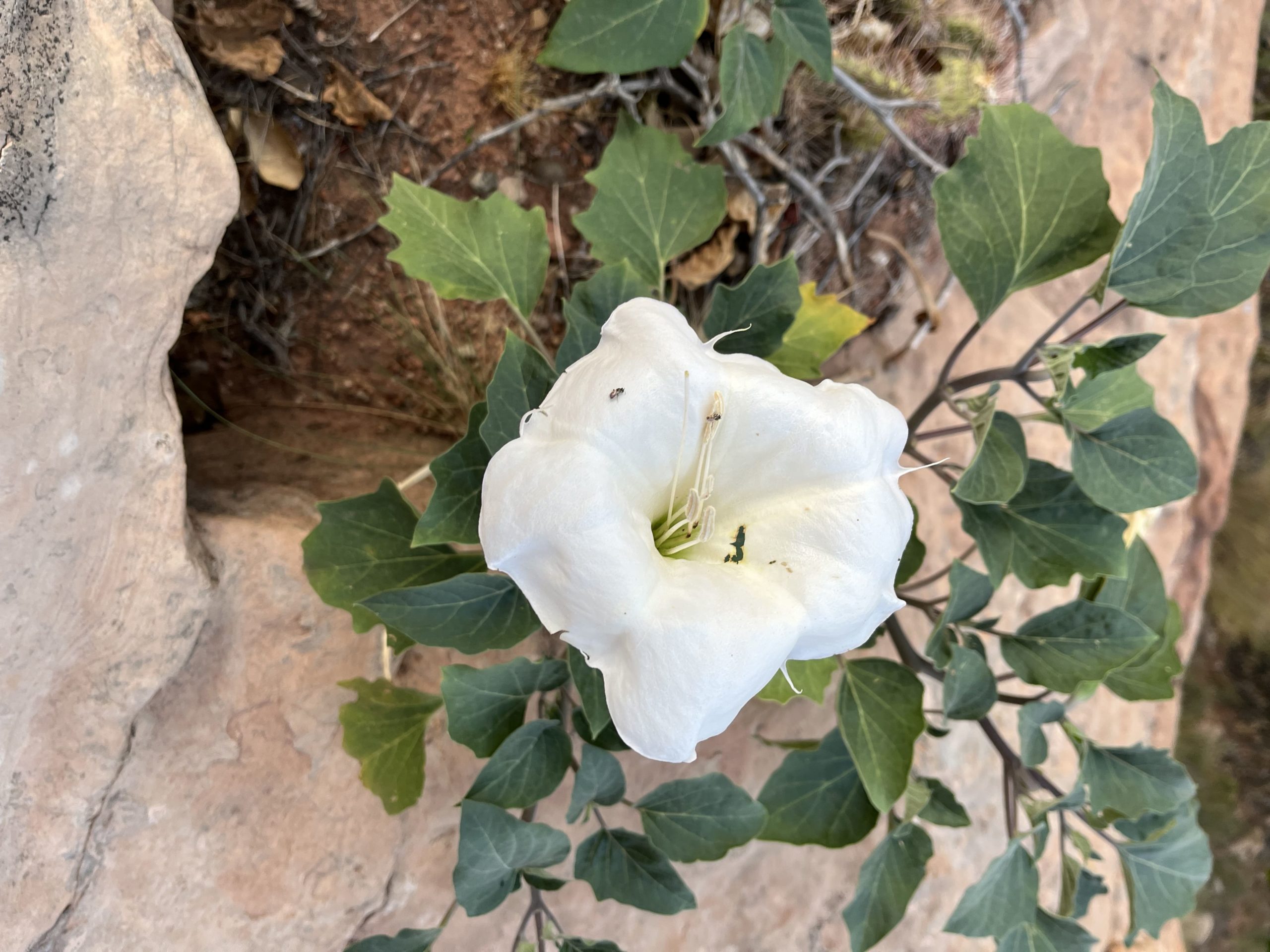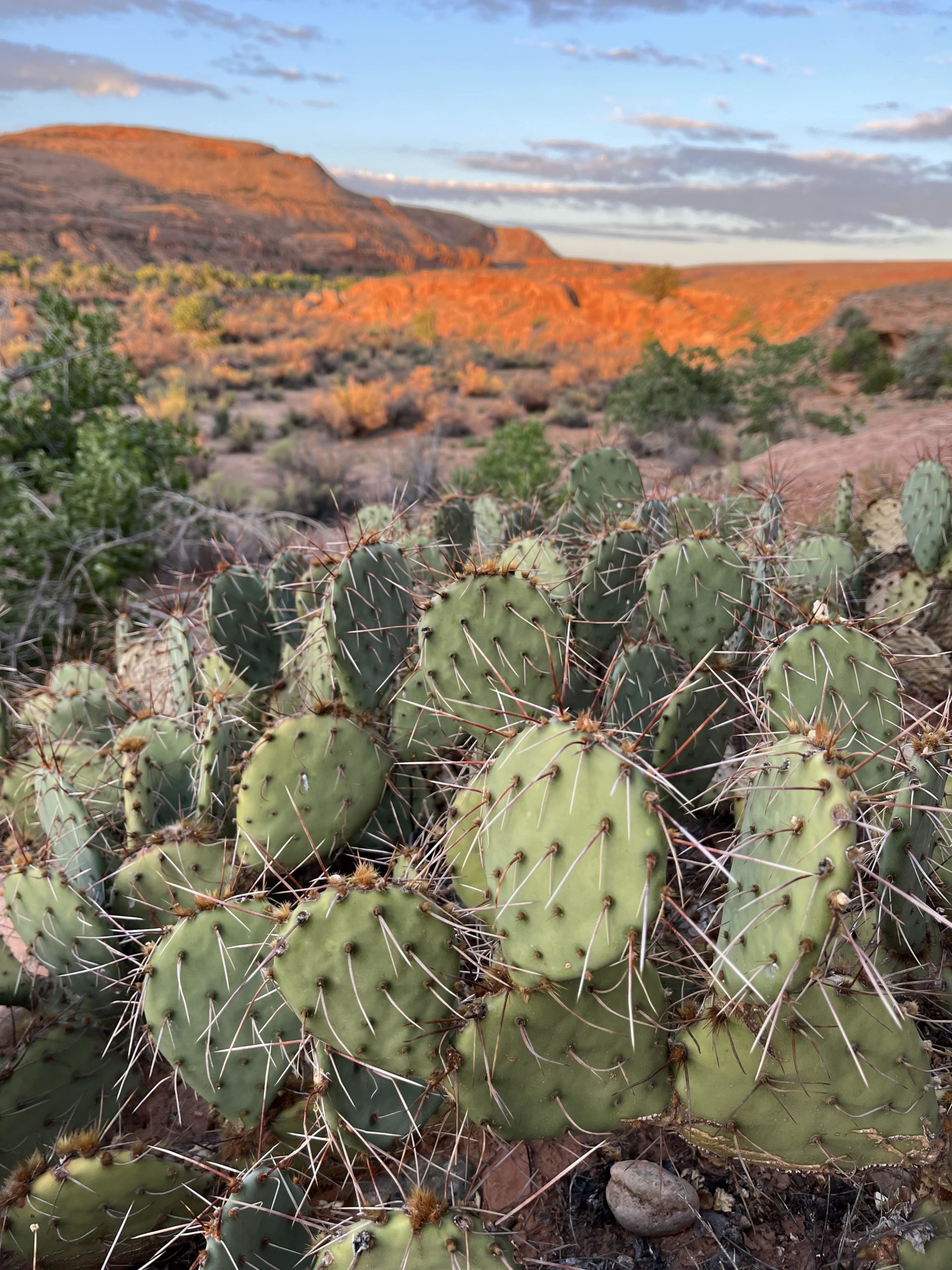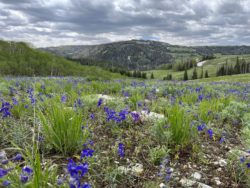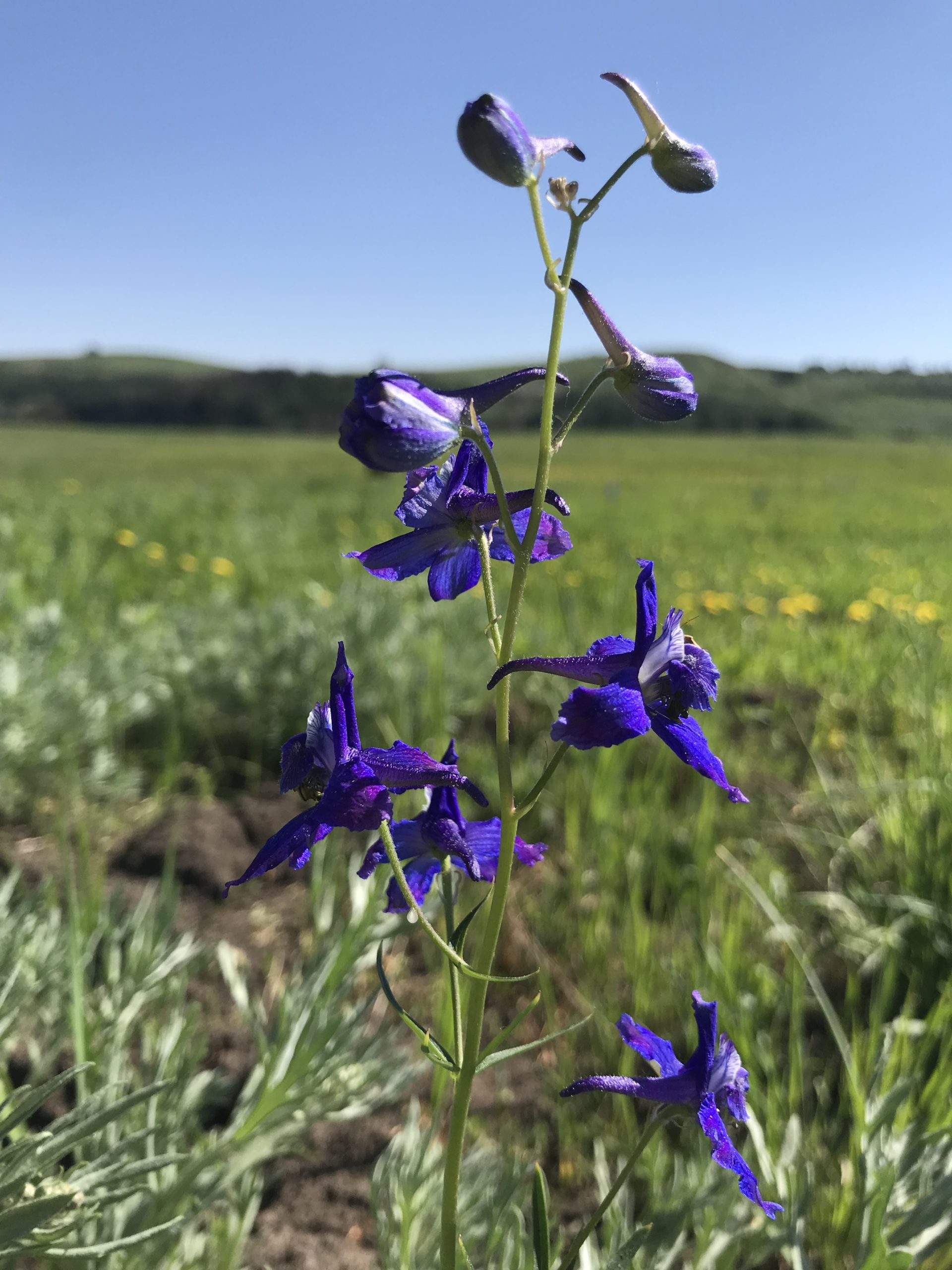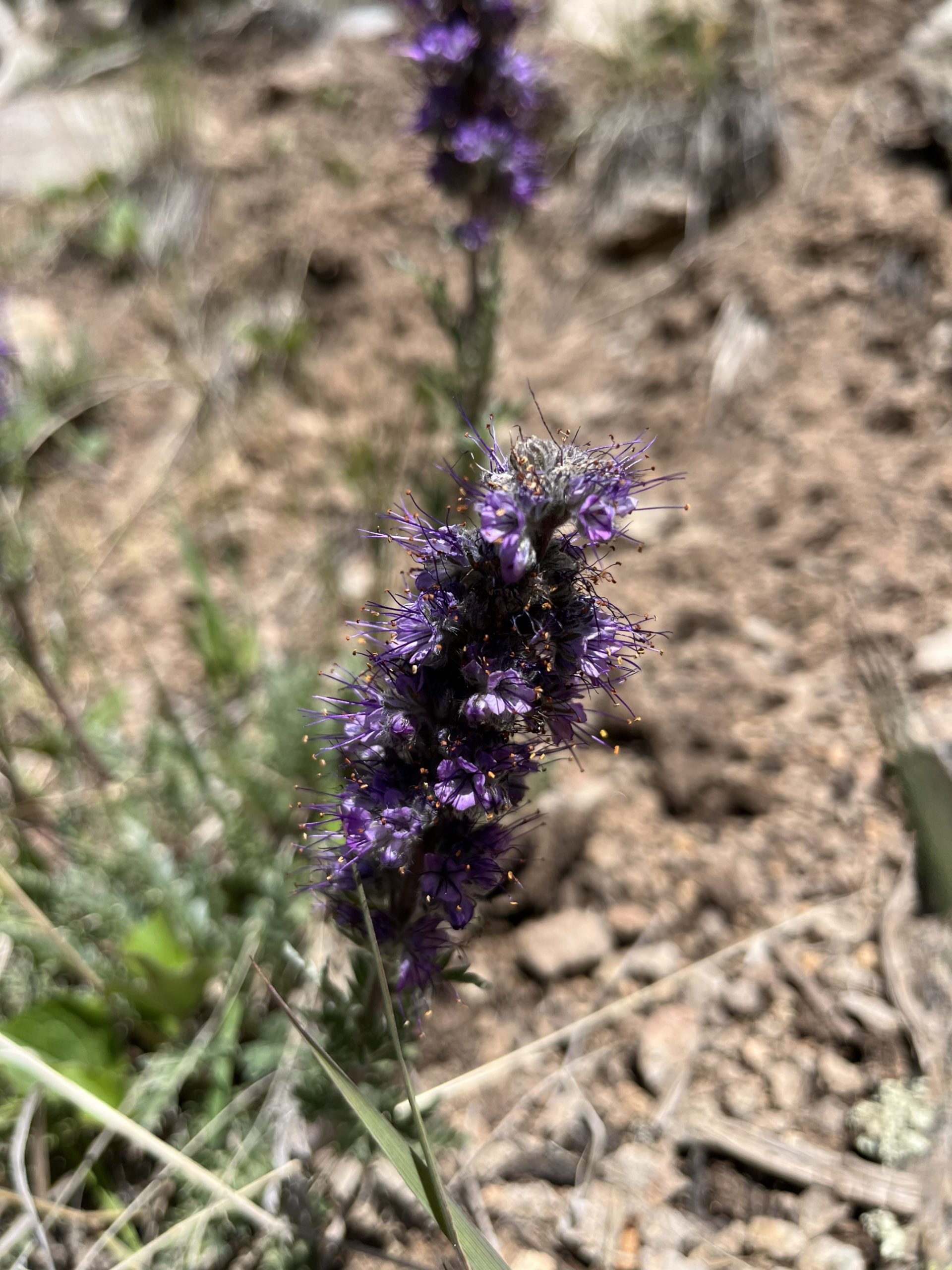
Courtesy & Copyright Shannon Rhodes, Photographer
 Leaf Skeleton
Leaf Skeleton
Courtesy & Copyright Shannon Rhodes, Photographer
 Jaw Bone
Jaw Bone
Courtesy & Copyright Shannon Rhodes, Photographer
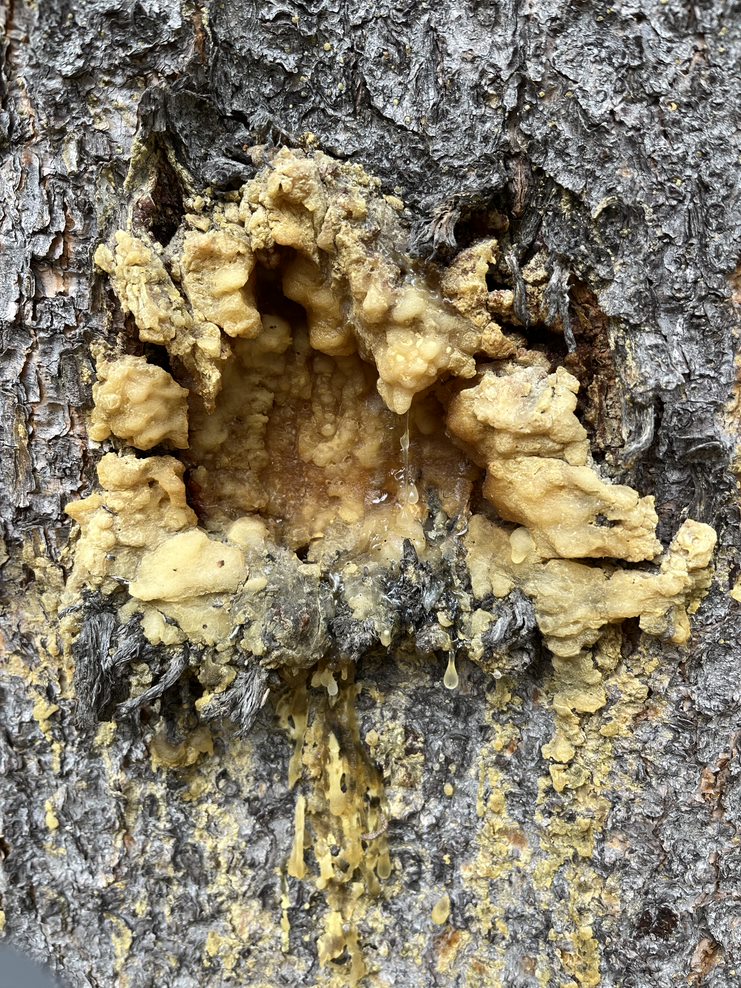 Tree Canker
Tree Canker
Courtesy & Copyright Shannon Rhodes, Photographer
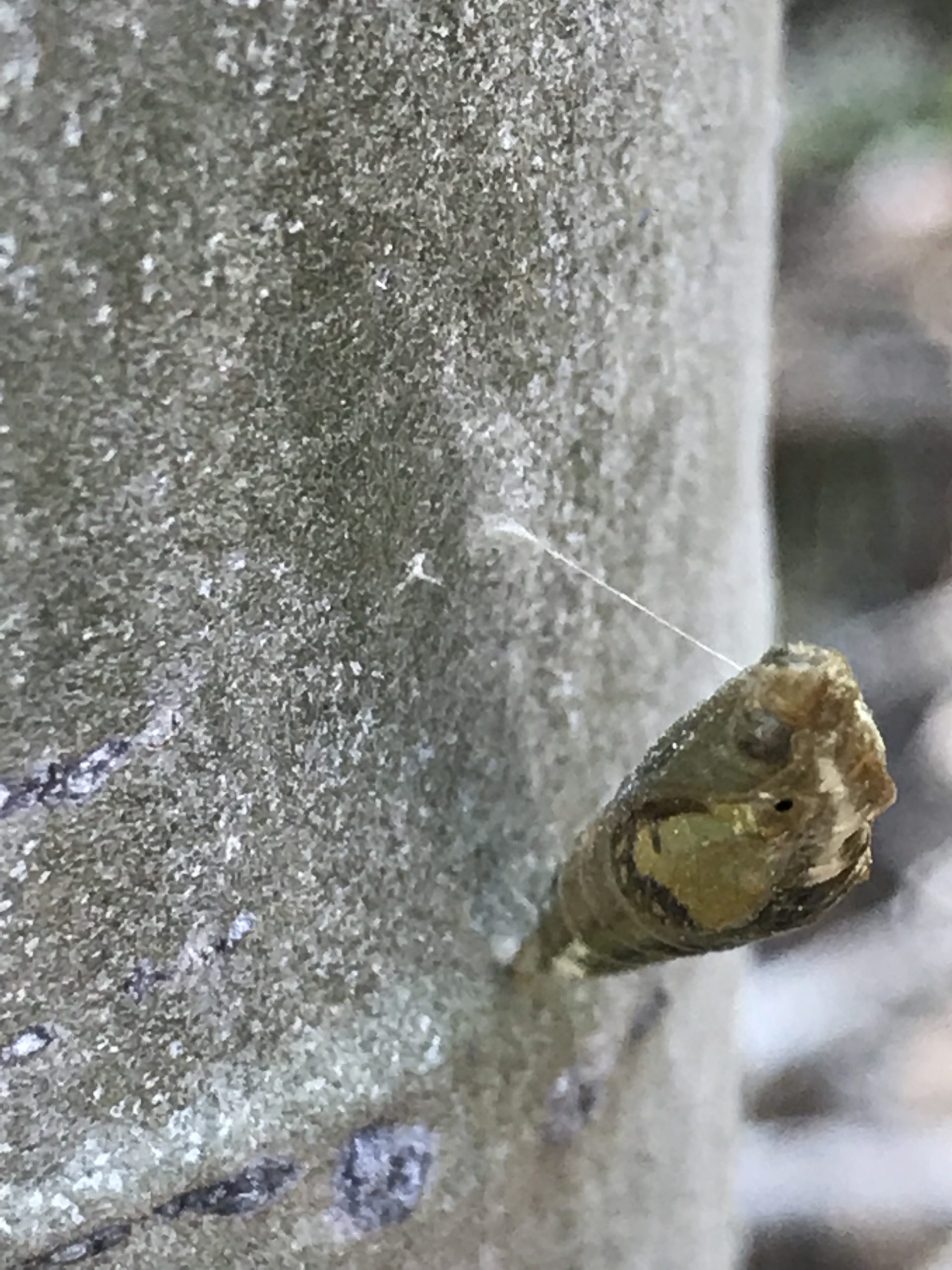 Costume Change Chrysalis
Costume Change Chrysalis
Courtesy & Copyright Shannon Rhodes, PhotographerWhen life throws scary at you, what do you do? As we increasingly consider mental and emotional health issues and strategies, I find that my answer is that I go to the forest. Of course, I go there when things are going smoothly too, but I agree with Henry David Thoreau when he wrote, “When I would recreate myself, I seek the darkest wood.” He, in fact, recommended the “most dismal swamp,” but that is a little too slimy for me. I will stick with solid soil.
A few weeks ago I spied a bat dangling from the bricks on my front porch as I gazed at the moon just as I had asked my young students to do. It reminded me of how in Janell Cannon’s picture book Stellaluna, a young bat survives a predatory owl’s attacks, falling “down, down…faster and faster, into the forest below.” She clings to a branch until her strength gives out, then “down, down again she dropped” into an unlikely predicament. Bats and harvest moons are iconic figures of this season, and as I ventured out for a sanity walk in the Cache National Forest, everywhere I looked I saw more.
Fall forests are full of chilling scenes, and I was first struck by a gruesome sap bleed from a gaping evergreen canker. The yellow ooze seeping seemed beautiful somehow. I don’t remember ever being so captivated by a wounded plant, and because I lingered, I also spotted a chrysalis containing a caterpillar’s costume change on a neighboring tree. Next to that were the witchy remains of other withering forbs.
Beneath my hiking boots was a toothy jaw grinning amid fragile leaf skeletons scattered on the forest floor. Even as I swapped away the cobwebs I didn’t see ahead until it was too late, the eerie beauty of nature eased the tormenting worries in my life. There’s a Chinese Proverb that says, “You can only go halfway into the darkest forest; then you are coming out the other side.”
A good walk outside is great for the distressed heart and mind. I needed to find the unlikely power in autumn icons. As Mary Shelley wrote for Frankenstein, “Beware; for I am fearless, and therefore powerful.” Next time you are frightened by the unknowns or scarred by the realities, consider falling into a forest.
I’m Shannon Rhodes, and I’m wild about Utah.
Credits:
Images: Courtesy & Copyright Shannon Rhodes, Photographer
Text & Voice: Shannon Rhodes, Edith Bowen Laboratory School, Utah State University https://edithbowen.usu.edu/
Additional Reading Links: Shannon Rhodes
Additional Reading
Wild About Utah Posts by Shannon Rhodes https://wildaboututah.org/author/shannon-rhodes/
Cannon, Janell. 1993. Stellaluna. New York: Harcourt Brace & Company. https://www.amazon.com/Stellaluna-Janell-Cannon/dp/0152062874/ref=sr_1_1
Shelley, Mary Woolstonecraft. 1818. Frankenstein, or the Modern Prometheus. https://www.gutenberg.org/files/84/84-h/84-h.htm
Thoreau, Henry David and Brooks Atkinson. 2000. Walden and Other Writings. New York: Modern Library. https://www.amazon.com/Walden-Other-Writings-Modern-Library/dp/0679600043

